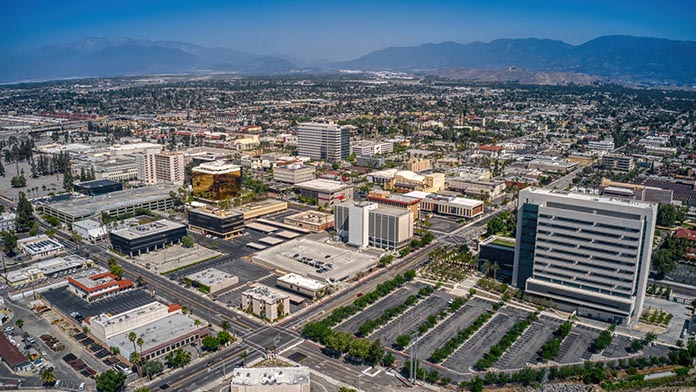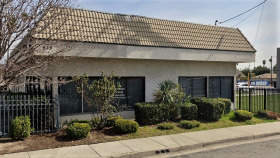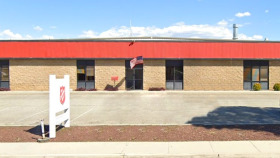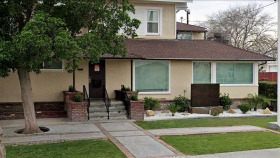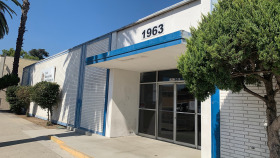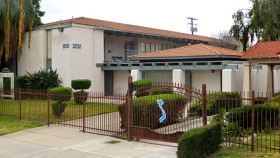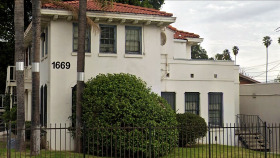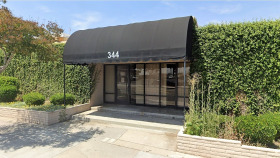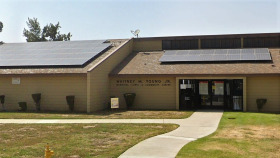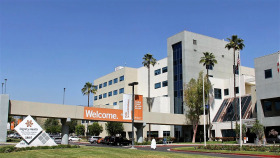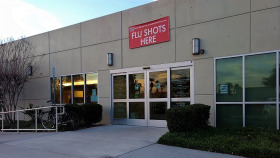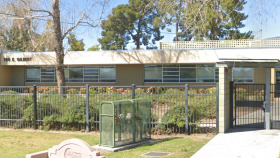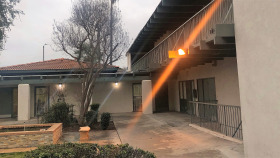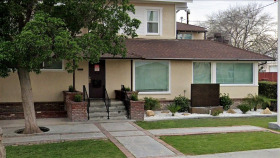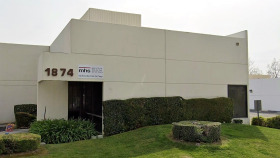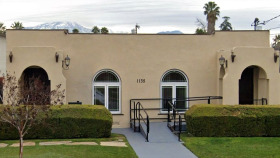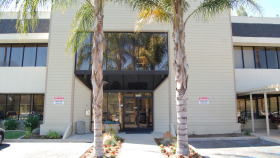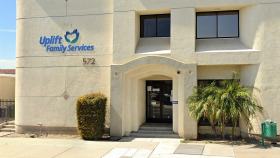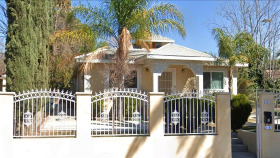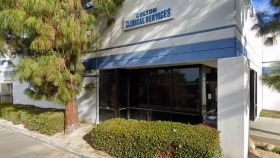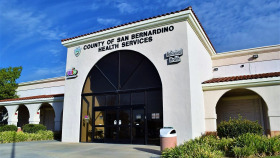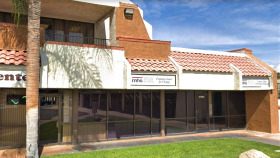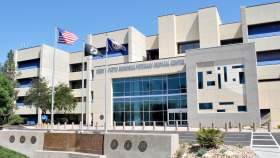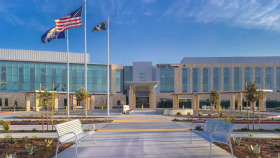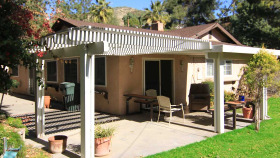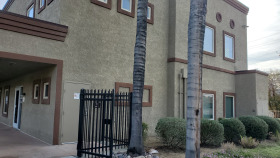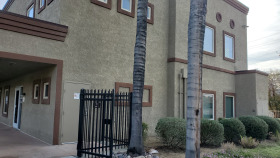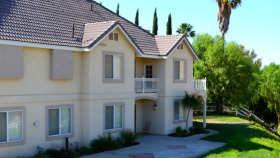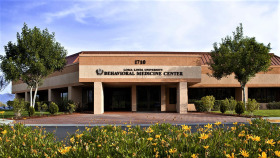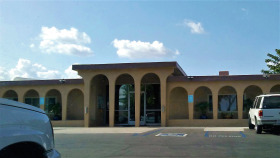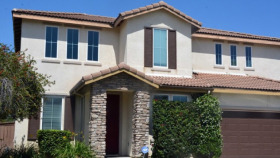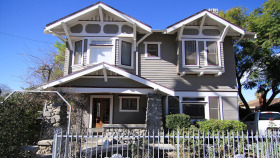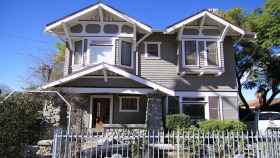Expert Insights
If ever there were a clear example of red tape getting in the way of saving lives, this story I came across recently certainly meets the criteria in my opinion.
San Bernardino, CA has seen more homeless people die from drug overdose deaths in the last two years than any other years on record. That’s what makes organizations that specifically help the addicted homeless population so important in this area. The Harm Reduction Institute was one of the few organizations in San Bernardino providing free naloxone and case management for the homeless.
But thanks to some arbitrary local zoning code, the Institute was forced to close its doors as the city revoked its occupancy permit. We can only hope the organization will prevail in court so they can reopen their doors and continue saving lives.
~ Natalie Baker
How Expensive is Drug Rehab in San Bernardino?
The cost of a San Bernardino drug or alcohol rehab varies based on the type of treatment you choose. A residential inpatient facility will typically cost more than a standard outpatient center since you live at the facility full-time while receiving treatment. California does offer low-cost and free rehabs for people who find cost a barrier to getting addiction treatment.
How to Find Low-Cost and Free Rehabs in San Bernardino
There are low-cost and free rehabs that utilize government funding or other grants to keep costs low. These rehabs often require you to meet income requirements, show that you do not have insurance, and verify that you are a resident of California. The San Bernardino County Department of Behavioral Health can help you identify free or low-cost rehabs.
San Bernardino County also offers free substance use disorder and recovery services (SUDRS). These services are available after you’ve completed residential, outpatient, or medication-assisted treatment or if there is a lapse of services as you transition between levels of care. These services are based on your personal goals and can include an ongoing recovery plan, outpatient individual or group counseling, education and job skills support, and family support.
Resources
- San Bernardino County. (2022). Community Indicators – Substance Abuse.
- San Bernardino County Behavioral Health. (2022). Substance Use Disorder and Recovery Services.
- San Bernardino County Behavioral Health. (2020, February 25). Substance Use Disorder and Recovery Services (SUDRS).
- California Department of Health Care Services. (2022, February 28). Do You Qualify for Medi-Cal Benefits?.
- National Institute on Drug Abuse. (2020, June 3). How effective is drug addiction treatment?.

